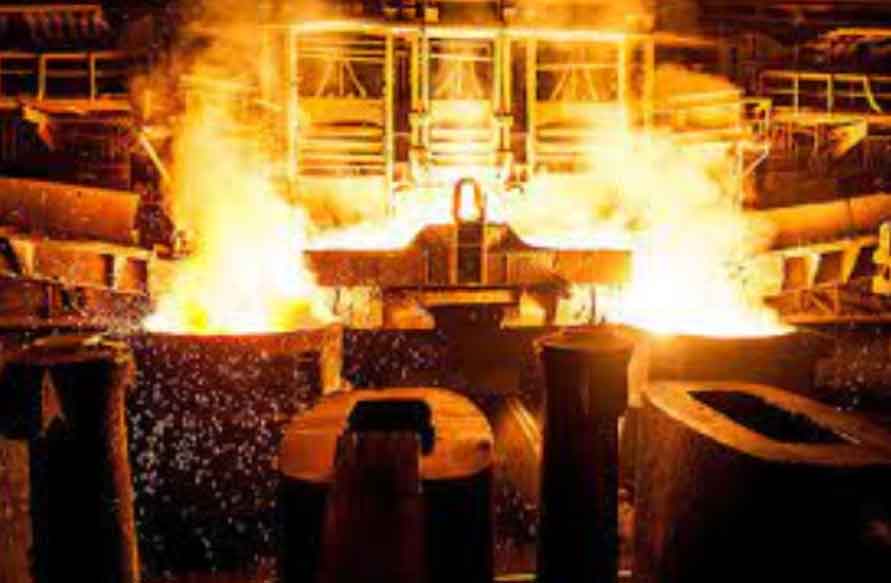
Precision engineering with steel castings involves achieving unparalleled accuracy in the manufacturing process to produce components with tight tolerances and exact specifications. Here are some key aspects of precision engineering in steel casting:
- Tooling and Pattern Making: Precision starts with the design and fabrication of high-quality tooling and patterns. Advanced CAD/CAM software and CNC machining techniques are used to create intricate patterns with precise dimensions, ensuring that the molds used for casting are accurate.
- Mold Design and Fabrication: The molds used in steel casting must be carefully designed and fabricated to ensure they can produce components with the required level of precision. Proper gating and riser design are essential to minimize defects and ensure uniform solidification.
- Material Selection: Choosing the right steel alloy is critical for precision engineering. The material’s composition, properties, and grain structure should be optimized to meet the specific performance requirements and tolerances of the component.
- Melt Control: Precise control of the steel melt is crucial to achieve consistent material properties and minimize variations. Advanced melting techniques, such as vacuum induction melting (VIM) or electric arc furnaces (EAF), are used to ensure the desired chemical composition.
- Pouring and Filling: During the casting process, controlled pouring and filling of the mold are essential to prevent defects like cold shuts or misruns. Computer-controlled pouring systems can ensure consistent filling and reduce the risk of defects.
- Solidification Control: Proper control of the cooling rate during solidification is critical to achieving a fine and uniform grain structure. This helps enhance mechanical properties and reduce the risk of cracking.
- Heat Treatment and Finishing: Precision engineering may require specific heat treatment processes to achieve the desired hardness, strength, and dimensional stability. Machining, grinding, and other finishing processes are carried out with precision to meet tight tolerances.
- Non-Destructive Testing (NDT): NDT techniques, such as ultrasonic testing or X-ray inspection, are employed to detect any internal defects or inconsistencies in the castings without damaging the components.
- Quality Control: Stringent quality control measures are implemented throughout the casting process. In-process inspections and final inspection procedures ensure that the finished components meet all specified requirements.
- Automation and Robotics: The use of automation and robotics in the casting process can enhance precision and repeatability, reducing human errors and ensuring consistent quality.
- Continuous Improvement: Ongoing process monitoring and data analysis enable continuous improvement in the precision engineering of steel castings. Feedback from quality testing and inspections helps identify areas for optimization.
Precision engineering with steel castings is crucial in industries where components must fit precisely, withstand challenging conditions, and operate with utmost reliability. Achieving unparalleled accuracy in steel castings requires a combination of advanced technology, skilled craftsmanship, and a commitment to quality at every stage of the manufacturing process.
